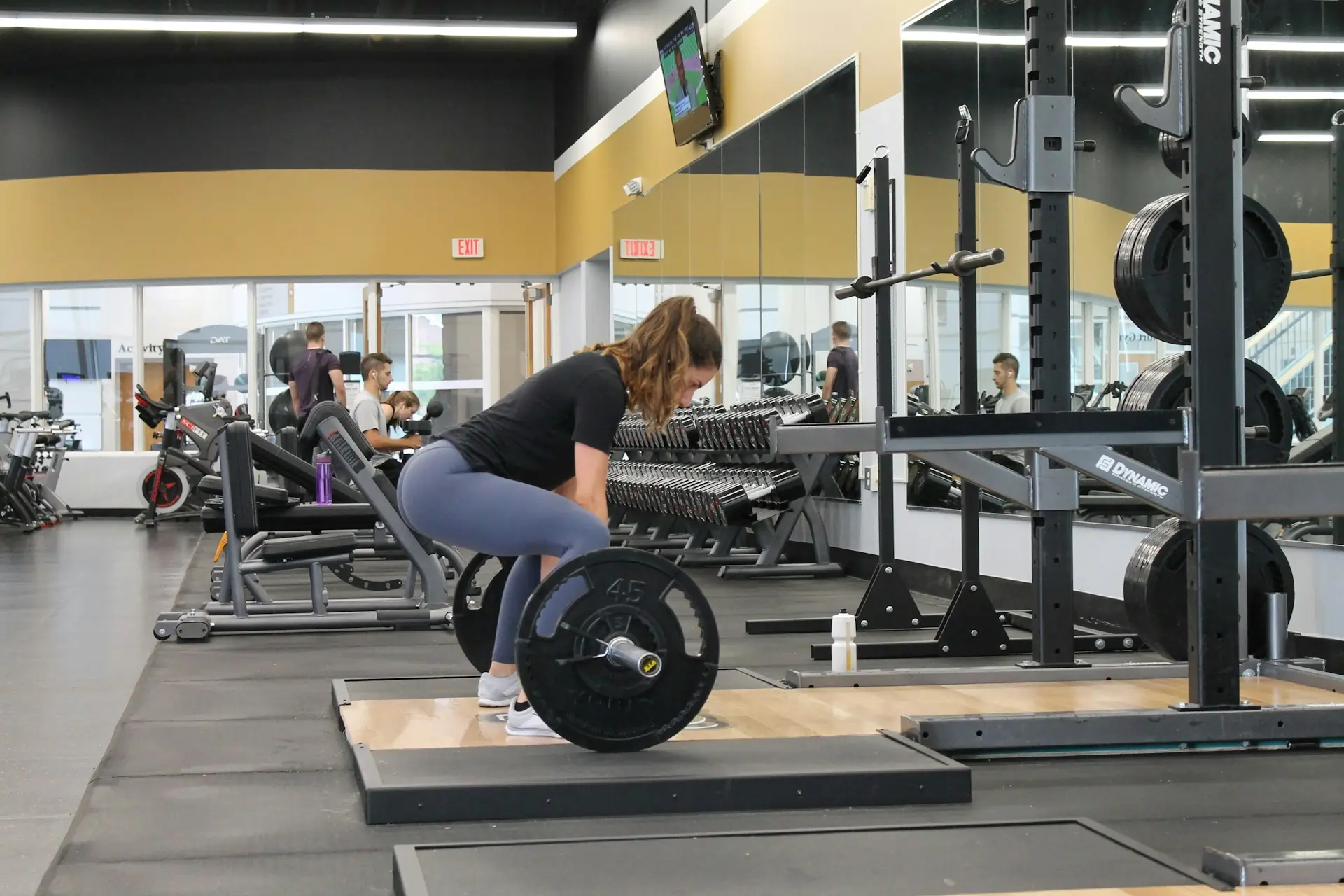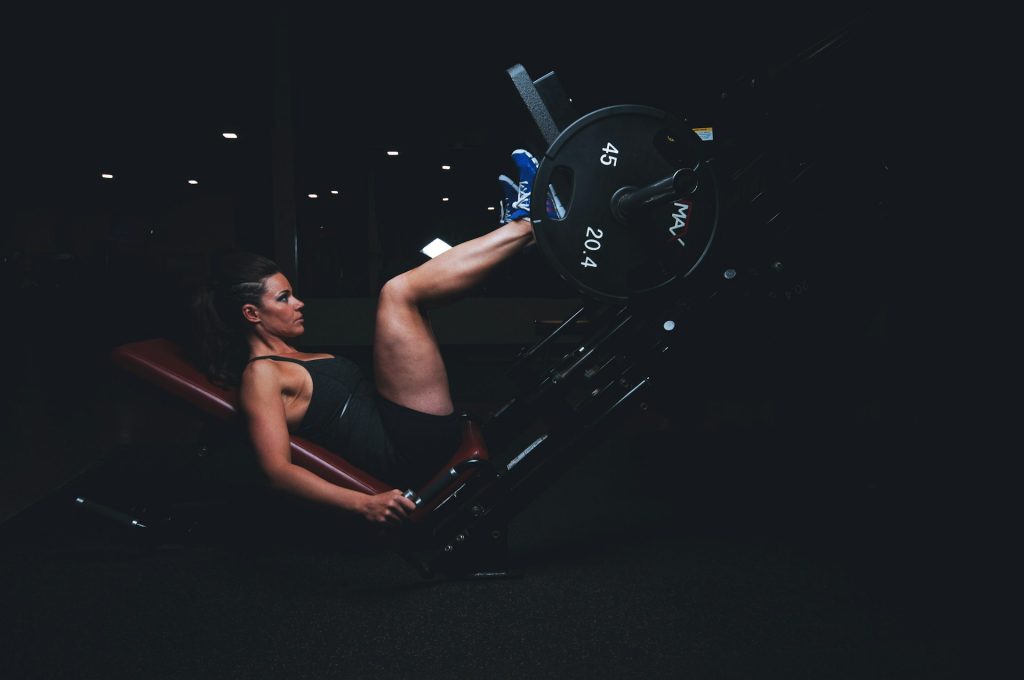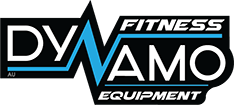
Should You Add a Leg Press to Your Program If You Squat?
You already include squats in your workout, and you know they build strength. So why consider adding a leg press machine to your routine? At first glance, it may seem like an unnecessary addition. However, a closer look reveals something more.
Both the squat and the leg press target your lower body, but they do so in very different ways. The squat challenges your core, balance, and mobility, while the leg press offers precise control and heavier load potential without stressing your spine. For many lifters, that distinction can create real benefits depending on their goals.
This article breaks down the debate of leg press vs squat using data, expert insight, and practical training advice. You’ll find out when the leg press machine is worth it, who benefits the most, and how to use both movements to build better results without compromise.
Quick Answer: Should You Add the Leg Press to Your Routine?
If you already squat, adding the leg press can still make a difference if your goal is muscle growth, joint relief, or controlled overload.
For quick guidance, here is what you need to know about the value of the leg press in a squat-focused program:
- ✅ The leg press adds value when your goal is muscle growth
It allows for controlled, heavy lifting with reduced pressure on the spine and knees, which supports higher-volume leg training. - ✅ It suits beginners, lifters with limited mobility, or those managing injuries
The guided movement makes it easier to maintain form and protect the lower back while still working the legs. - ✅ It complements squats by targeting the quads more directly
When used after squats or on separate training days, it can increase hypertrophy and help you push past plateaus. - ❌ It may offer limited benefits if your focus stays on functional strength
Unlike squats, the leg press does not train balance, core stability, or real-world movement patterns. - ✅ It works best when paired with squats, not used alone
Squats build foundational strength, while the leg press supports volume and isolation. Together, they offer better muscle growth and training variety.
Add the leg press when your program calls for lower-body variety, additional volume, or a reduced spinal load.
What Squats Already Offer You
Total-body movement with high ROI
Squats deliver a full-body return that few other exercises can match. With every rep, your quads, hamstrings, glutes, and calves coordinate to drive power, while your core and back provide support to keep your spine aligned.
This multi-joint movement challenges balance, builds coordination, and strengthens several muscle groups at once. Instead of isolating one area, squats encourage complete lower-body development. As you progress, the benefits multiply. You get better posture, improved joint stability, and greater functional strength, all result from consistent squatting.
For those building a home or commercial gym, investing in the right squat rack and barbell combination becomes essential. You can explore our recommendations in the Ultimate Guide to Squat Racks & Barbells.
Posterior chain activation + core stabilization
While the quads often take the spotlight, squats also light up the posterior chain. The glutes, spinal erectors, and hamstrings engage fully to control descent and power the lift. More importantly, the core works continuously throughout each rep.
Deep abdominal muscles and obliques fire to stabilize the trunk, while the lower back muscles support upright positioning. Research shows squats activate more core musculature than machines. This level of engagement not only builds visible strength but also reinforces movement integrity under load.
Functional strength and athletic transfer
What makes squats especially valuable lies in their carryover to real-world movements. The squat pattern mimics motions like lifting, jumping, and standing up, all of which depend on leg strength and core control. Athletes often use squats to improve sprint speed, vertical jump height, and agility.
At the same time, everyday lifters benefit through better mobility and injury prevention. The stability, control, and movement skills gained through squatting translate directly to daily tasks and athletic demands.
What a Leg Press Machine Adds That Squats Don’t

Higher quad isolation without spinal loading
Squats train multiple muscle groups, but they demand spinal stability and technique under load. In contrast, the leg press places the user in a fixed path, allowing focused quad effort without balancing the bar.
This isolation creates a unique opportunity: lifters can apply more force directly through the legs without worrying about back fatigue or bar positioning. By removing the need to stabilize the spine, the leg press allows more reps at higher loads, which supports muscle growth, especially in the quadriceps.
Controlled environment for form and rehab
A machine-guided environment removes many of the common barriers lifters face with free weights. Those recovering from injury or easing back into training benefit most. Since the seat position, foot platform, and range of motion stay consistent, users gain the ability to reintroduce leg strength in a safe and repeatable manner.
Even experienced athletes use the leg press during deload phases or accessory sessions to maintain volume while reducing stress on joints and connective tissue.
Safer for hypertrophy in volume blocks
When programming higher-volume sessions focused on muscle growth, fatigue management becomes critical. Squats can strain the lower back or core, especially late in a workout. That’s where the leg press fits well.
It enables the lifter to continue challenging the legs with minimal technique breakdown. Volume can be added without elevating the risk of form collapse. As one strength coach explains:
“Leg press machines allow you to push your quads hard, even when your lower back is fatigued.”
This makes the leg press machine a reliable tool for anyone targeting hypertrophy, particularly during muscle-specific blocks or recovery-based training cycles.
Direct Comparison – Squat vs Leg Press
Below is a side-by-side breakdown to show exactly how squats and leg presses differ across key training metrics.
| Feature | Squat | Leg Press |
|---|---|---|
| Movement type | Compound, free-weight | Compound, machine-guided |
| Muscle activation | Quads, glutes, hamstrings, core | Primarily quads |
| Injury risk (with poor form) | Moderate | Low |
| Core engagement | High | Minimal |
| Accessibility | Requires good mobility | Beginner-friendly |
| Progression load | Slower, more taxing | Easier to load and recover |
When Should You Add a Leg Press?
You’ve plateaued in squats
Progress often slows once your body adapts to a routine. If your squat numbers stall and leg development flattens, the leg press can break the plateau. It targets your quads directly without taxing your spine or nervous system as heavily.
You want to grow your quads faster
For those prioritizing size, the leg press makes an excellent companion to free-weight movements. It enables you to apply more volume to the quads without dragging in other muscle groups. Since the machine locks you into a stable path, you can push harder with less risk of imbalance or fatigue. The result is a more intense burn and deeper muscle fiber recruitment.
You train your legs multiple times a week
Multiple weekly leg sessions demand careful recovery planning. Including the leg press allows you to maintain high-frequency training while adjusting load and intensity. On heavy squat days, the leg press works well as a finisher. On lighter days, it takes the lead for controlled, high-rep sessions. This rotation preserves your joints and keeps your training fresh.
You’re recovering from back or knee issues
Lower back sensitivity or knee strain often limits squat depth or load. In those cases, the leg press gives you a structured way to continue training. Adjusting seat angles and foot position helps distribute weight more comfortably.
When You Might Skip Leg Press
Space or budget limits
If you’re building a home gym in a tight area, every piece must earn its place. The leg press tends to take up more space than racks, adjustable benches, or dumbbell sets. It also comes at a higher price point. When floor space or investment is limited, you may prioritize multi-use equipment instead. For efficient options, explore our Best Space-Saving Strength Equipment for Home Gyms.
Your current squat routine hits all your goals
If squats already help you gain size, strength, and balance, and you recover well between sessions, you may not need to add a leg press right now. Especially for lifters who follow structured programming with progressive overload, squats alone can deliver solid returns.
Best of Both: How to Combine Squat and Leg Press
Programming sample for hypertrophy
For those targeting muscle growth, consider placing the squat first while you’re fresh, then finishing with the leg press. This combination hits the legs with both high-effort compounds and fatigue-based volume. An example plan:
- Back Squat – 4 sets of 6–8 reps
- Leg Press – 4 sets of 12–15 reps
- Walking Lunges – 3 sets of 20 steps
- Seated Calf Raise – 3 sets of 15–20 reps
This setup allows heavy lifting followed by focused isolation, giving you the best of both worlds.
Programming sample for strength + recovery
On weeks where squats carry your load volume, the leg press can help with lighter, recovery-focused sessions. You can reduce weight, increase reps, and stay within safe movement ranges. For example:
- Day 1: Heavy Squat Focus
- Day 2: Light Leg Press + Core Stability Work
- Day 5: Assistance Day – Leg Press for 3×20 (moderate weight)
This structure prevents overtraining and supports joint longevity.
Superset ideas (e.g., squat + leg press burnout)
To create high-impact leg sessions, try pairing squats and leg press in supersets. These combos drive muscle fatigue fast and shock the quads into new growth.
- Barbell Squat x 6 reps
- Straight into Leg Press x 15 reps
- Rest 90 seconds
- Repeat for 3 rounds
✅ Pro Tip: Leg press after squats gives maximum quad burn without risking form breakdown.
Final Verdict: Is a Leg Press Machine Worth It If You Already Squat?
Squats remain the gold standard for full-body strength. They challenge balance, coordination, and core stability while driving serious leg gains. Yet, the leg press fills a specific and valuable role. It adds quad-focused volume, reduces spinal strain, and suits recovery-based training.
So yes, the leg press becomes a smart addition when your goal includes hypertrophy, extra training volume, or relief for the spine and joints. On the other hand, you may skip it if your squat routine already delivers results and your space or budget limits equipment options.
Try a leg press machine at your nearest Dynamo Fitness showroom, or browse our gym equipment range online.
Will leg press help me squat more weight?
Yes, the leg press can assist your squat progress. By increasing quad strength and improving muscular endurance, the leg press supports better drive out of the hole during squats. Many lifters see strength gains by using the leg press as a secondary lift to increase weekly training volume.
Which machine is better for knee issues: leg press or squat?
The leg press often suits lifters dealing with knee concerns. It allows more control over foot placement, depth, and range of motion. The fixed path reduces instability, which helps protect the joint. Squats demand more balance and mobility, which may stress the knees if not performed with proper form.
Is leg press good for athletes?
Yes, athletes benefit from the leg press when used strategically. It allows them to load the legs heavily without overtaxing the spine or nervous system. Many programs use it for accessory work, especially when recovery between sessions matters. When combined with explosive lifts, the leg press builds foundational leg strength to support sport-specific skills.
Can I replace squats with leg press permanently?
You can use the leg press as a long-term substitute, especially during rehab or when free-weight training is limited. However, squats offer unique advantages in balance, core strength, and functional movement patterns. For complete development, most lifters benefit more by using both rather than relying on one.
